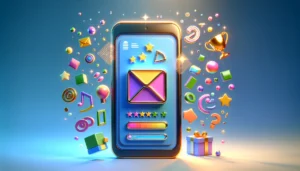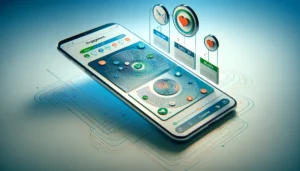
Feedback Loop: How to Incorporate Subscriber Feedback into Email Cadence Decisions
In the fast-paced world of email marketing, understanding how to gather and incorporate subscriber feedback can set campaigns apart. Featuring insights from a CEO and a director, this article explores the nuances of fine-tuning email cadence based on real user input. The first expert shares how they combined A/B testing and surveys, while the final contributor discusses polling subscribers to gauge their preferences. With nine expert insights, this piece offers a comprehensive guide to optimizing email strategies based on subscriber feedback.
- Combine A/B Testing and Surveys
- Extend Onboarding Sequence
- Create a Quiet List Option
- Resolve Bottlenecks with How-To Videos
- Modulate Email Cadence
- Separate Content into Smaller Emails
- Monitor Open and Click-through Rates
- Nurture with Educational Content
- Poll Subscribers for Preferences
Combine A/B Testing and Surveys
Subscriber feedback is essential for determining the ideal email cadence. We regularly use A/B testing and surveys embedded in emails to ask subscribers about their preferences. One instance where feedback re-shaped our strategy was when we noticed higher unsubscribe rates during a daily email campaign.
After polling our audience, we learned they felt overwhelmed by daily emails. We shifted to a twice-weekly schedule with more curated content. The result was a drop in unsubscribe rates and a 15% increase in open rates, showing that listening to subscriber input improves engagement and retention.
 Shane McEvoy
Shane McEvoy
MD, Flycast Media
Extend Onboarding Sequence
We implement progressive profiling, asking one question per touchpoint to gradually gather subscriber preferences without overwhelming them. This drip-style feedback collection ensures that we continuously align cadence with evolving expectations as audiences change behaviors over time. It helps keep our content relevant, personalized, and never intrusive.
After receiving feedback that new subscribers wanted onboarding emails spread over a longer period, we extended our welcome sequence from seven days to 14 days. This change improved engagement by 18%, with fewer subscribers dropping off midway. We learned that pacing new information thoughtfully makes a difference in how well content is absorbed and appreciated.
 Marc Bishop
Marc Bishop
Director, Wytlabs
Create a Quiet List Option
We created a “Quiet List” option for subscribers who love our content but prefer less frequent emails, gathering feedback through that opt-in. This subtle insight revealed the need to offer bite-sized updates, and we designed a minimalist email cadence for those subscribers. Listening like this helps us avoid losing subscribers while still keeping them engaged on their terms.
After receiving feedback that our post-webinar follow-up emails felt impersonal, we added personalized takeaways and action points for attendees. This small change led to a 20% improvement in follow-up engagement and fostered stronger post-event conversations with prospects. It reminded us that feedback isn’t just about frequency—it’s about ensuring every email feels meaningful.
 Jason Hennessey
Jason Hennessey
CEO, Hennessey Digital
Resolve Bottlenecks with How-To Videos
As part of our email cadences that go out, especially when onboarding a new client, we offer the ability to give feedback to our customers through a quick, open-text-box question. While qualitative data is difficult to dissect at scale, we know at what stage the questions are raised in the customer lifecycle. So if it’s always at week 3 of onboarding, we can then decide to look a little deeper to understand why many customers are giving feedback at this point. Sometimes it’s a pat on the back for a job well done, but one time there were many customers raising very similar issues.
We resolved this bottleneck of questions with a quick How-To series of videos, which covered the main topics that were being raised by customers. This led to much better engagement metrics through the email cadence and ultimately cut back on our time input.
 Elyas Coutts
Elyas Coutts
CEO, Connect Vending
Modulate Email Cadence
I’ve found that gathering subscriber feedback is crucial for fine-tuning our email marketing strategy. We engage with our customers very regularly because engaging with them allows us to understand their preferences in terms of communication and has been very helpful in building a better relationship. After our webinars and special fitness events, we send out short surveys, asking about the frequency and timing of emails.
This direct feedback led us to modulate our email cadence—reducing the frequency of promotional emails while increasing the content about fitness tips and event reminders. We saw our open rates improve by 15%, with greater engagement with non-promotional emails, showing that our audience values useful content more than frequent offers. In this way, the incorporation of subscriber feedback will make our emails relevant, valued, and well-timed, which is so crucial for customer loyalty and community building.
 Jay Barton
Jay Barton
CEO & Founder, ASRV
Separate Content into Smaller Emails
We prefer to keep the email-timing feedback more receptive and personal. So, rather than sending generic questionnaires or simply consulting data, we tap into what we’re already doing with customers and partners to see where our emails are landing. Occasionally, on a call or in a project update meeting, we will sarcastically inquire about their satisfaction with how frequently they get our emails, and whether or not they would like to hear more or less. In this way, we’re getting true-to-life, live responses from the people who actually read us.
We even had a long-term client say once, during a weekly meeting, that they really liked the technical content we sent them, but our monthly digest was too much information. They advised cutting it into smaller, more manageable bites over the course of the month. That’s why we decided to separate our content into smaller, niche emails spread out over the month and covering a single subject. This made people more interested, and the material didn’t feel like it was all the time. That open and honest feedback really helped us think of new ways to build our email strategy so that it looked more natural and met our audience’s needs.
 Alex LaDouceur
Alex LaDouceur
Co-Founder, Webineering
Monitor Open and Click-through Rates
I gather subscriber feedback by using post-campaign surveys and monitoring engagement metrics like open and click-through rates. For example, we once noticed a dip in engagement, so we asked subscribers directly how often they’d prefer to receive emails. Many indicated that weekly emails felt overwhelming, so we adjusted our cadence to biweekly.
This change led to a 15% increase in open rates and a 10% boost in conversions within a month. Listening to subscriber preferences not only improved engagement but also strengthened our overall relationship with our audience.
 Liga Rudzite
Liga Rudzite
Content Editor, The Traveler
Nurture with Educational Content
In determining the ideal email cadence, understanding where your subscribers are in their awareness journey is key. After gathering feedback from our subscribers, we realized that most were in the “problem-aware” stage, meaning they understood they had a need, but our solution—being a UGC platform that connects businesses with creators for social media ads—wasn’t top of mind for them.
This insight actually made a lot of sense. UGC is still a relatively new concept for many brands, and we were pushing our product a bit too directly in our email communications. Initially, our email frequency was high, but after collecting this feedback through surveys, we rethought our approach. We learned that subscribers needed a more spaced-out and educational email flow rather than a hard-sell approach.
We shifted to a longer, more nurturing sequence that gradually introduced UGC, its benefits, and how it could solve their marketing challenges. By pacing out the emails and focusing on educating them about UGC, we’ve seen much better engagement and results. The key was really tuning into what our audience needed most at that stage—nurturing them with valuable content rather than overwhelming them with frequent sales messages.
 Yannick Habraken
Yannick Habraken
Founder / CMO, Hyred
Poll Subscribers for Preferences
I always ask subscribers directly what they think. A quick poll or a one-question survey right in the email works well. A clear, simple question like “How often would you like to hear from us?” gets better results than anything complicated.
Once I get the feedback, I pay close attention to trends. If most people prefer weekly updates instead of daily emails, it’s a clear signal. It’s important not to ignore what people are saying. Even if only a small group speaks up, they’re likely representing a larger part of the audience that just didn’t bother responding.
For example, we had a group of subscribers that wanted fewer emails. After collecting their feedback, we tested reducing the frequency from daily to twice a week. The open rates went up, and we saw fewer unsubscribes. It was a simple change, but it worked because we listened to what our audience wanted.
I advise keeping your feedback process quick and easy and being open to adjusting based on what people tell you. It doesn’t have to be complicated—just listen, adjust, and test the results.
 Kate Donskaia
Kate Donskaia
Marketing Manager, WealthProtector
Submit Your Answer
Would you like to submit an alternate answer to the question, “How do you gather and incorporate subscriber feedback when determining your email cadence? Please share an example of how subscriber input influenced your email marketing strategy.”



